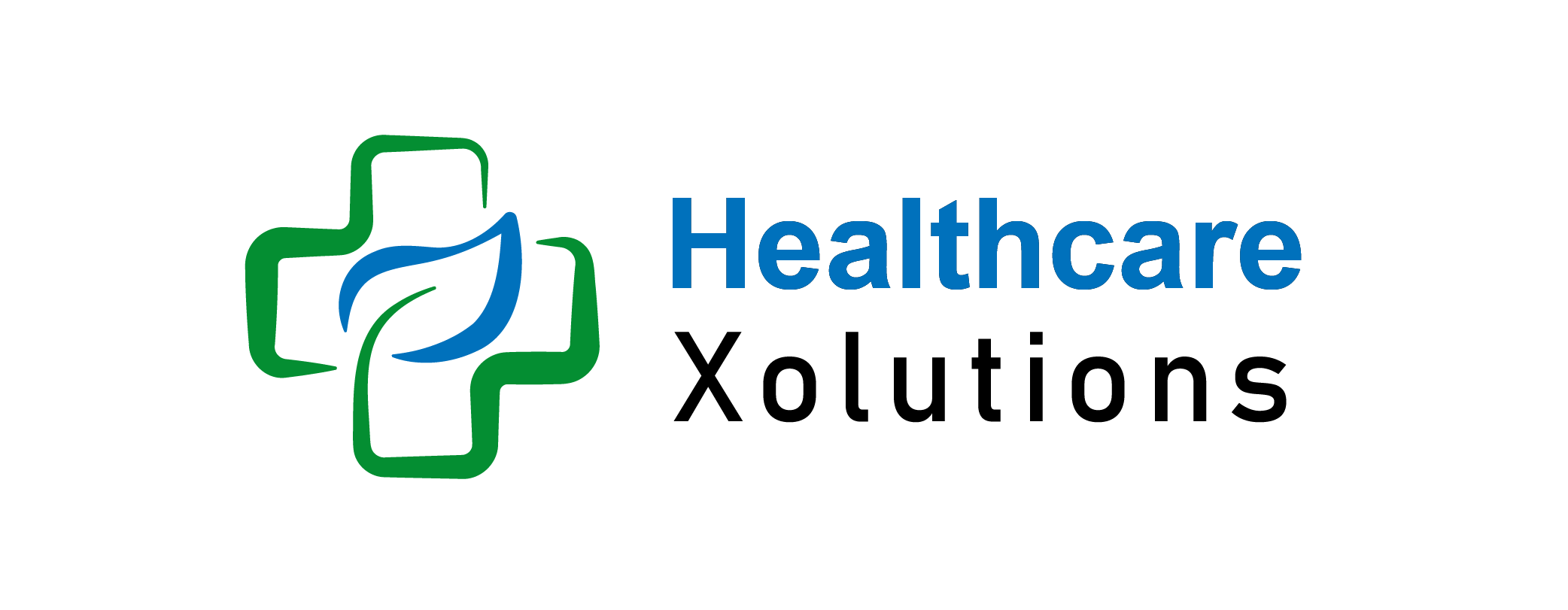ACA Plan Networks: All You Need To Know In 2024

As the Affordable Care Act (ACA) continues to evolve, understanding the specifics of ACA plan networks is crucial for making informed healthcare choices. ACA plan networks determine which doctors, hospitals, and other healthcare providers are available under your insurance plan and at what cost. For individuals and families looking to get the best healthcare while managing costs, knowing how these networks operate can make a significant difference.
This article provides a guideline to understand what you need to know about ACA plan networks and how they impact your healthcare coverage.
Key Takeaways:
- Understanding ACA Plan Networks: Choosing the right network depends on individual needs, especially regarding flexibility and access to out-of-network care.
- In-Network vs. Out-of-Network Costs: In-network care to reduce costs, Out-of-network providers often result in higher out-of-pocket expenses.
- Provider Accessibility: Each ACA plan network has a list of participating providers.
- Special Considerations: Some ACA plans offer more comprehensive networks, beneficial for individuals with specific health needs.
- Key for Cost Management: Staying within the network helps manage medical costs effectively, as ACA plans often negotiate lower rates with in-network providers.
- Steps to Choosing a Plan: Consider factors when comparing ACA Plan networks to find a suitable option for both budget and healthcare needs.
Table of Contents:
What is an ACA Plan Network?
ACA Plan Networks are groups of healthcare providers, including doctors, hospitals, and specialists, who agree to provide services at a discounted rate for those enrolled in ACA (Affordable Care Act) health plans. Each network type affects the costs and flexibility of seeing healthcare providers.
Types of ACA Plan Networks:
ACA plans typically offer different types of networks that dictate how you access healthcare providers. These are:
- Health Maintenance Organization (HMO): HMOs generally have more restrictive networks. You’re required to choose a primary care physician (PCP) and get referrals for specialist care. HMO plans often have lower premiums and out-of-pocket costs but limit you to specific providers within the network.
- Preferred Provider Organization (PPO): PPOs provide more flexibility, allowing you to see both in-network and out-of-network providers without a referral. However, going out-of-network will incur higher out-of-pocket costs. PPO plans usually come with higher premiums than HMOs.
- Exclusive Provider Organization (EPO): EPOs are similar to PPOs but do not cover any out-of-network care except for emergencies. EPO plans are beneficial if you prefer flexibility within a network but don’t anticipate needing out-of-network providers.
- Point of Service (POS): POS plans blend HMO and PPO features, requiring referrals for specialists but allowing you to see out-of-network providers at a higher cost. Like HMOs, you’ll need a PCP, but POS networks can be more flexible.
Importance of In-Network Providers:
ACA plans are designed with networks of doctors, hospitals, and specialists to keep healthcare costs manageable. Providers in these networks agree to offer services at lower, negotiated rates, allowing insurers to keep premiums and out-of-pocket costs more affordable for enrollees. Sticking to in-network providers ensures lower out-of-pocket costs while going out-of-network can lead to significantly higher expenses or, in some cases, no coverage at all.
Narrow Networks and Their Impact:
Narrow networks are a defining characteristic of many ACA plans, which often have fewer providers than employer-sponsored or non-ACA individual plans. While these limited networks help keep costs down, they can sometimes restrict access to specialists or specific hospitals, especially in rural areas.
If you have particular health needs or prefer certain specialists or hospitals, it’s essential to review the provider directory before choosing a plan. This directory will indicate which providers are covered under the plan and can help prevent any surprises down the road.
Provider Networks Vary by Plan Level:
ACA plans come in four metal tiers: Bronze, Silver, Gold, and Platinum. Each tier has varying costs and coverage options, but these differences can also impact the size and quality of the provider network. For example:
- Bronze and Silver Plans may have more restrictive networks with fewer provider options.
- Gold and Platinum Plans typically come with larger networks, which may include more specialists or highly rated hospitals, but with higher premiums.
Choosing the right plan tier based on your healthcare needs and budget can help you find the best balance between network flexibility and cost.
Checking Network Availability Before Enrollment:
One of the best ways to ensure a smooth healthcare experience under an ACA plan is by verifying network availability before enrolling. ACA plans have online directories where you can search for in-network providers. Additionally, if you already have a preferred doctor or facility, you can directly ask whether they accept the ACA plan you’re considering.
Many states also provide network adequacy standards, requiring insurers to meet specific criteria regarding the number of available providers and geographic accessibility. This can be especially important for individuals in rural or underserved areas.
Balance Between Premiums and Out-of-Pocket Costs:
ACA plan networks directly affect the cost-sharing model of a plan. Narrower networks with lower premiums may seem attractive, but if the network does not cover a provider you need, you could end up with high out-of-pocket costs for out-of-network care.
On the other hand, broader networks with higher premiums may offer more options and flexibility. Before enrolling, balance the premium costs with your anticipated healthcare needs to determine the best plan for your situation.
Changes to ACA Networks During Open Enrollment:
ACA plan networks can change from year to year, impacting the doctors and facilities that are considered in-network. Open Enrollment, which typically occurs from November to December, is the time to review any changes to your plan’s network and ensure that your preferred providers remain covered.
If your provider has been dropped from the network, you may want to consider switching to a plan that includes them, especially if you have ongoing health needs or specialized care.
Conclusion – ACA Plan Networks:
Understanding ACA plan networks is essential for anyone navigating healthcare coverage under the Affordable Care Act. The type of network HMO, PPO, EPO, or POS dictates which providers you can see and at what cost, while network adequacy and narrow networks may impact your choices and accessibility. Before selecting a plan, carefully review in-network options, balance premium costs with network flexibility, and re-evaluate your network during Open Enrollment to make the most of your ACA healthcare coverage. Staying informed about your plan network will not only help you save on costs but also ensure you have access to the healthcare providers you need.
FAQs – ACA Plan Networks:
1. What should I consider when choosing a network type?
Your Provider Preferences: If you prefer specific doctors, check if they’re in-network.
Costs: HMO and EPO plans usually cost less but limit provider flexibility, while PPO and POS plans offer wider choices at a higher premium.
Healthcare Needs: Consider your healthcare needs and how often you may need specialty care.
2. How do I find ACA plans with the network that suits my needs?
Use the ACA marketplace or speak with a licensed insurance agent to review network types, costs, and covered services, ensuring you select a plan that aligns with your healthcare needs.
